How to program and transfer authentic bossa nova beats
Get your chill on with our guide to the rhythms and grooves behind this perennial Brazilian style
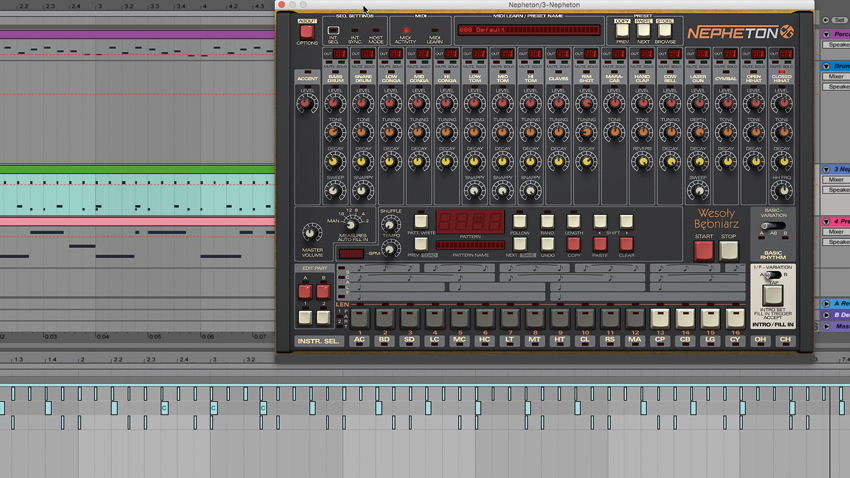
A slowed-down derivative of samba, bossa nova is a Brazilian style of dance music (in the traditional sense) birthed in the 50s. Since then, it's found a place on the UK music scene, both in its own right and via early 21st century chill-out, in which it was pretty popular for a good length of time. It’s also earned notoriety in a broader social sense, thanks to the cheesy preset rhythm tracks built into '80s home organs by the likes of Casio and Bontempi.
In this tutorial, we’ll show you how to put together a bossa nova percussion ensemble using a custom kit built from sounds included in Ableton Live’s Factory Library (audio examples are at the bottom of the page). Our project tempo is set to 120bpm to make it easier to program and edit, but the ‘feel’ of the track will actually be 60bpm. In addition, we’ll also be recording all of our MIDI parts live - apart from the congas, which are going to be programmed by hand, then shifted slightly off the grid, note by note, giving them a more human feel.
If you want to get your head further into bossa nova, we recommend starting with João Gilberto and Stan Getz’s definitive version of The Girl From Ipanema, which perfectly captures the genre in all its wistful delicacy - and, as it happens, hardly features any percussion at all!
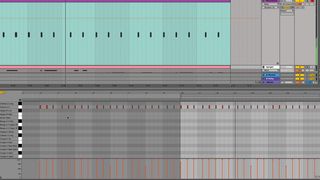
Step 1: First and foremost, the claves - a pair of short wooden sticks struck together. These define the skeleton of any latin rhythm by playing the pattern of the same name: clave. The clave used in bossa nova is probably the most identifiable element of the style, and you can’t really deviate from it if you’re aiming for authenticity.
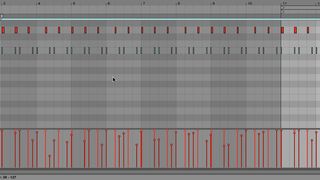
Step 2: Being directly related to samba, bossa nova features the same lopsided low end rhythm, supplied by the surdo - the latin percussion equivalent to the bass drum. It’s simple: hits on beats 1 and 3, preceded by quieter hits on eighth-notes immediately before both. The surdo is played quite gently, so keep velocities low.
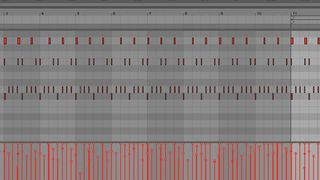
Step 3: At the other end of the frequency spectrum, the cabasa is a metal cylinder with numerous strings of metal beads wrapped around it, which are rubbed around the surface to create a characteristic scraping sound. In bossa nova, the cabasa provides a 16th-note, hi-hat-style engine.
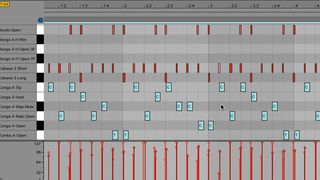
Step 4: There are no hard rules when it comes to bossa nova congas - they just need to be heavily syncopated and weave around other parts without doubling up on accents more than necessary. We’ve gone for a constant 16th-note pattern using a combination of strokes that would be playable in the real world.
Get the MusicRadar Newsletter
Want all the hottest music and gear news, reviews, deals, features and more, direct to your inbox? Sign up here.
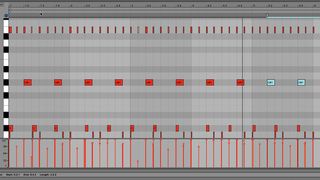
Step 5: Transferring this pattern to the drum kit is easy, since each part has an obvious equivalent. The cabasa swaps with the ride; the surdo maps to the kick; and the claves switch to a sidestick snare. The kick drum needs its velocity increasing, and a pedalled hi-hat on beats 2 and 4 gives the left foot something to do.
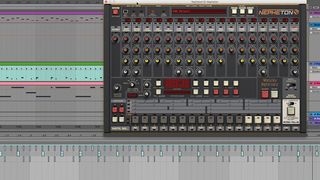
Step 6: With bossa nova closely associated with the home organs of the '80s, we’d be remiss in not demonstrating it in an electronic context. Here’s our bossa kit pattern triggering a TR-808 emulation. We’ve moved the ride cymbal to the closed hi-hat and quantised the part, to give it the requisite mechanical feel.
Computer Music magazine is the world’s best selling publication dedicated solely to making great music with your Mac or PC computer. Each issue it brings its lucky readers the best in cutting-edge tutorials, need-to-know, expert software reviews and even all the tools you actually need to make great music today, courtesy of our legendary CM Plugin Suite.

"If I wasn't recording albums every month, multiple albums, and I wasn't playing on everyone's songs, I wouldn't need any of this”: Travis Barker reveals his production tricks and gear in a new studio tour

“My management and agent have always tried to cover my back on the road”: Neil Young just axed premium gig tickets following advice from The Cure’s Robert Smith











